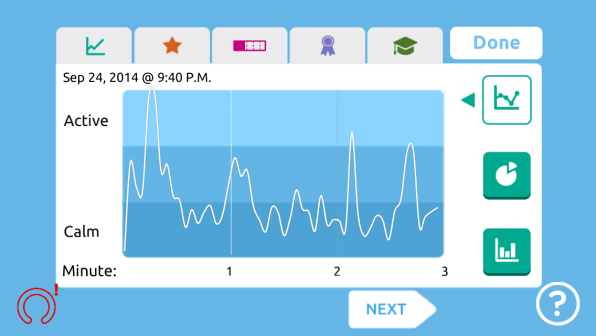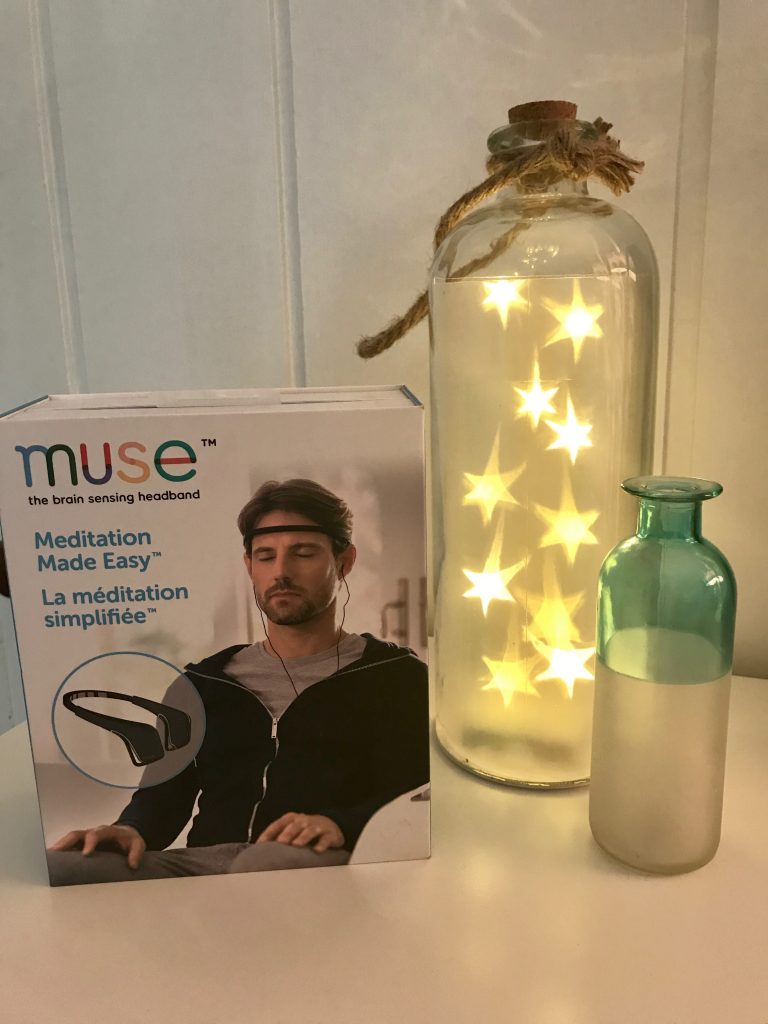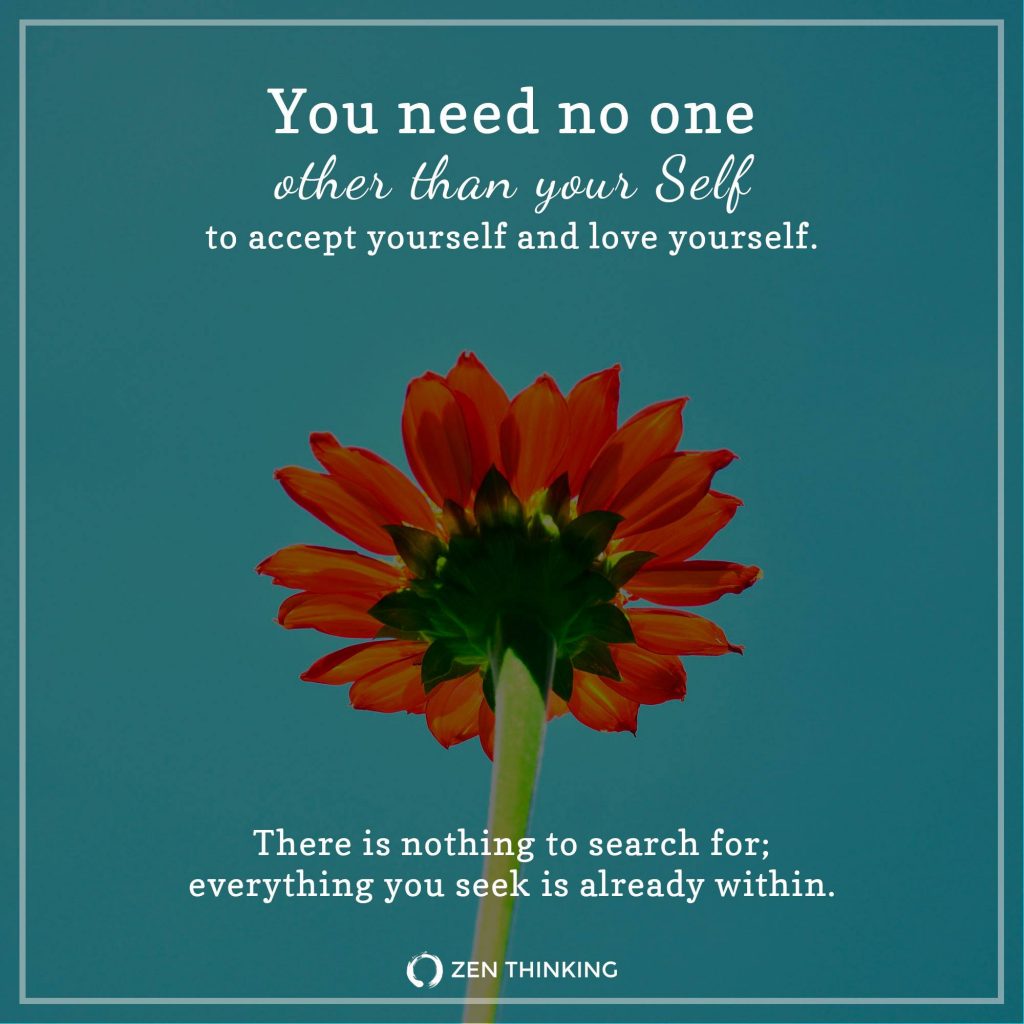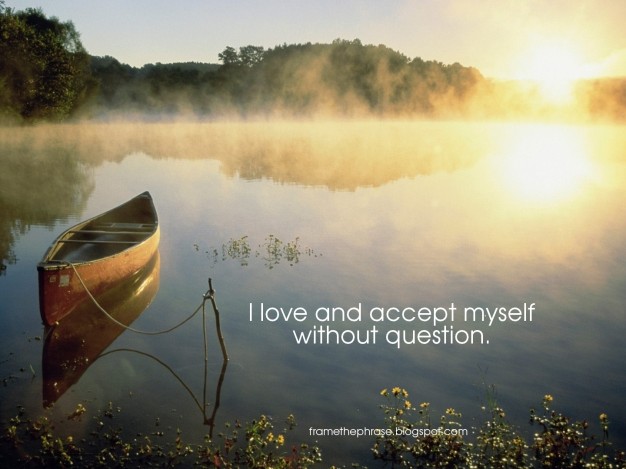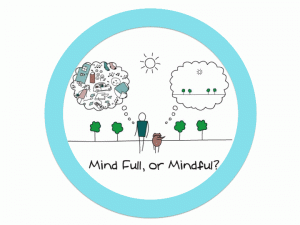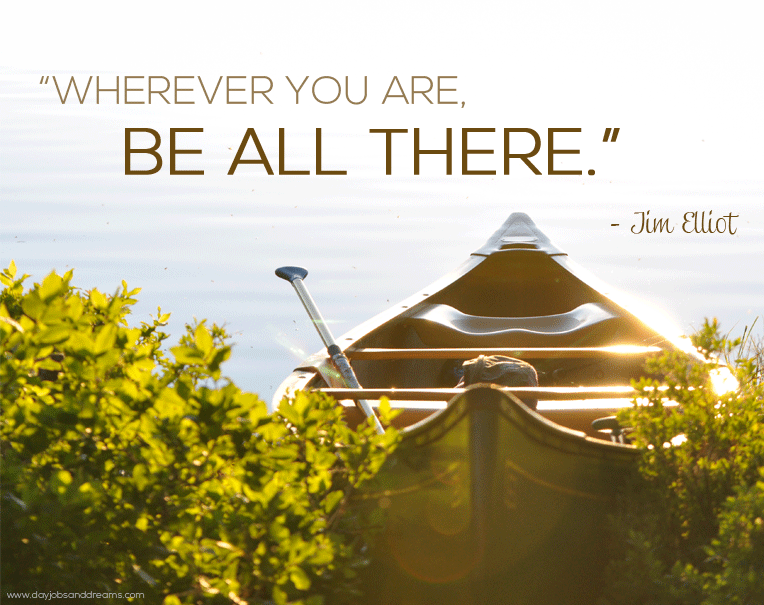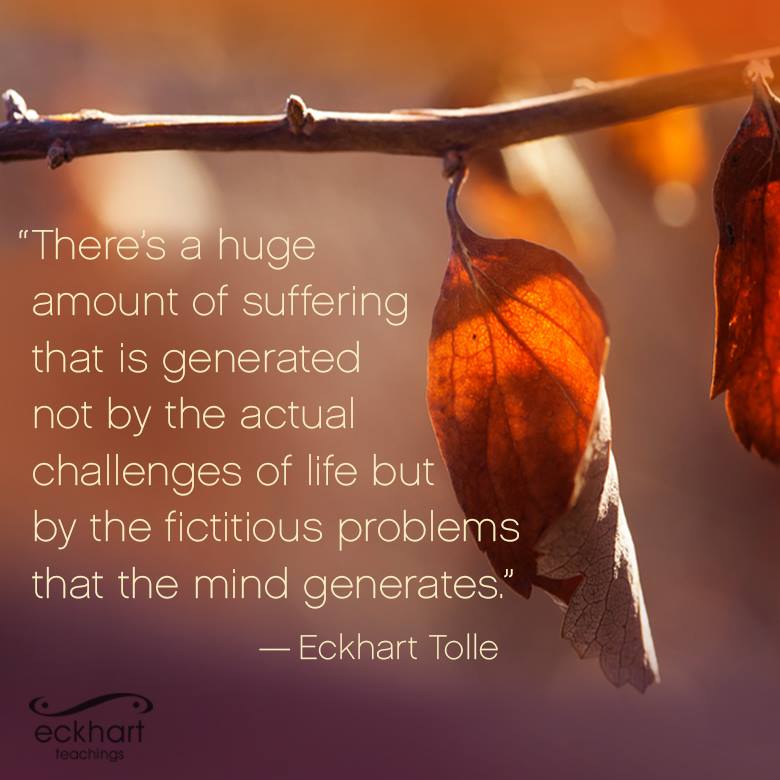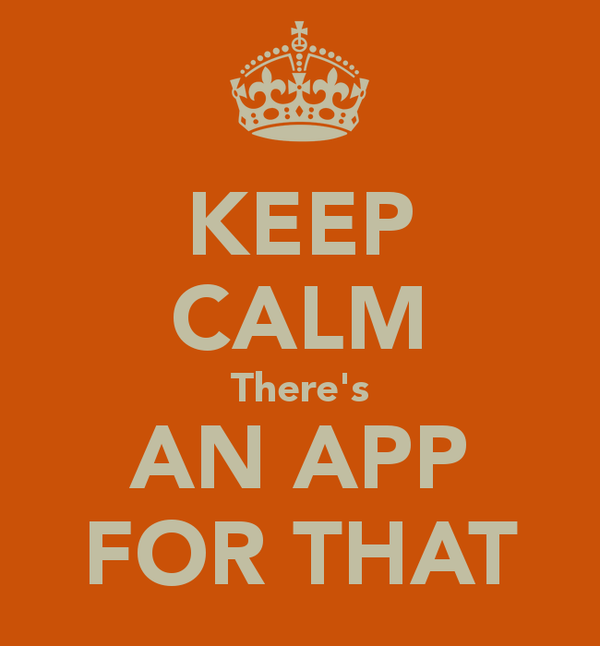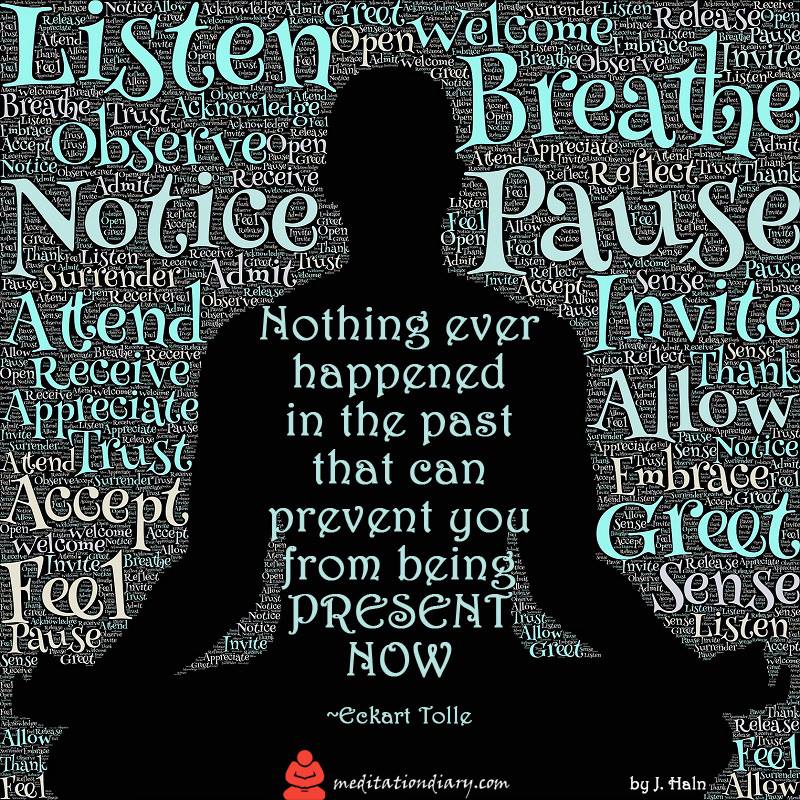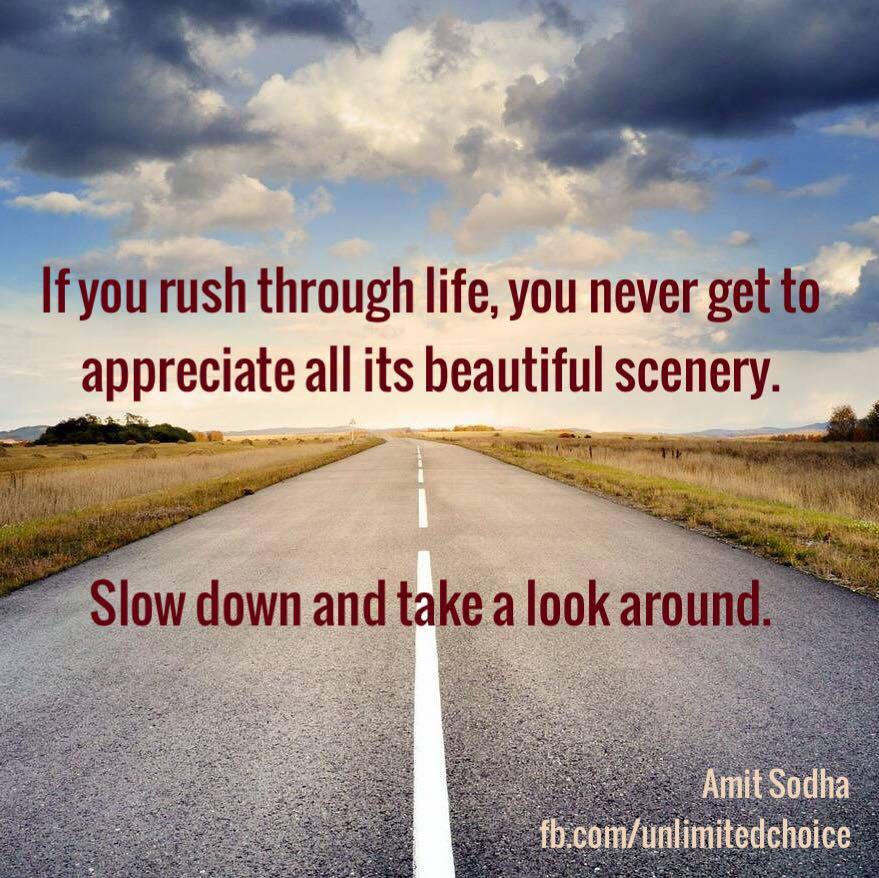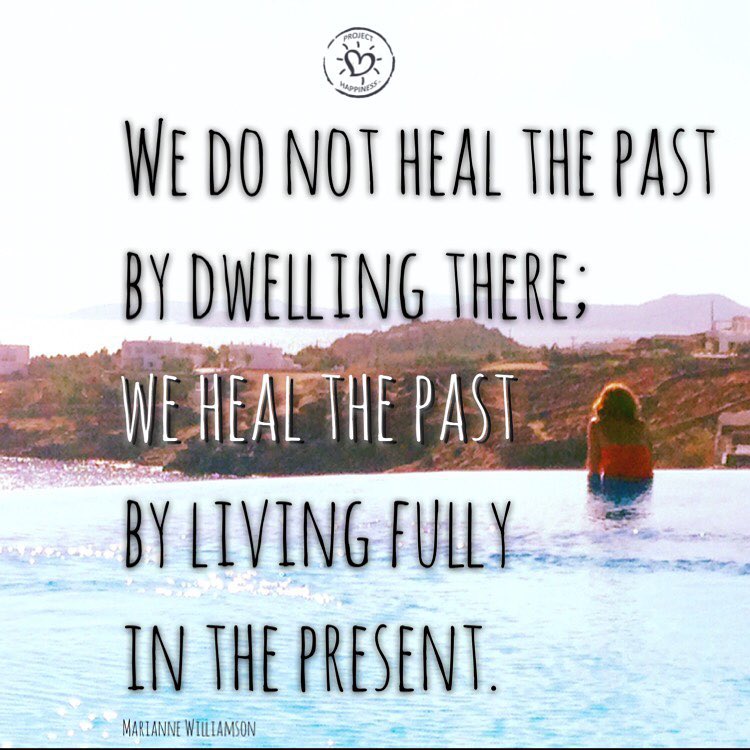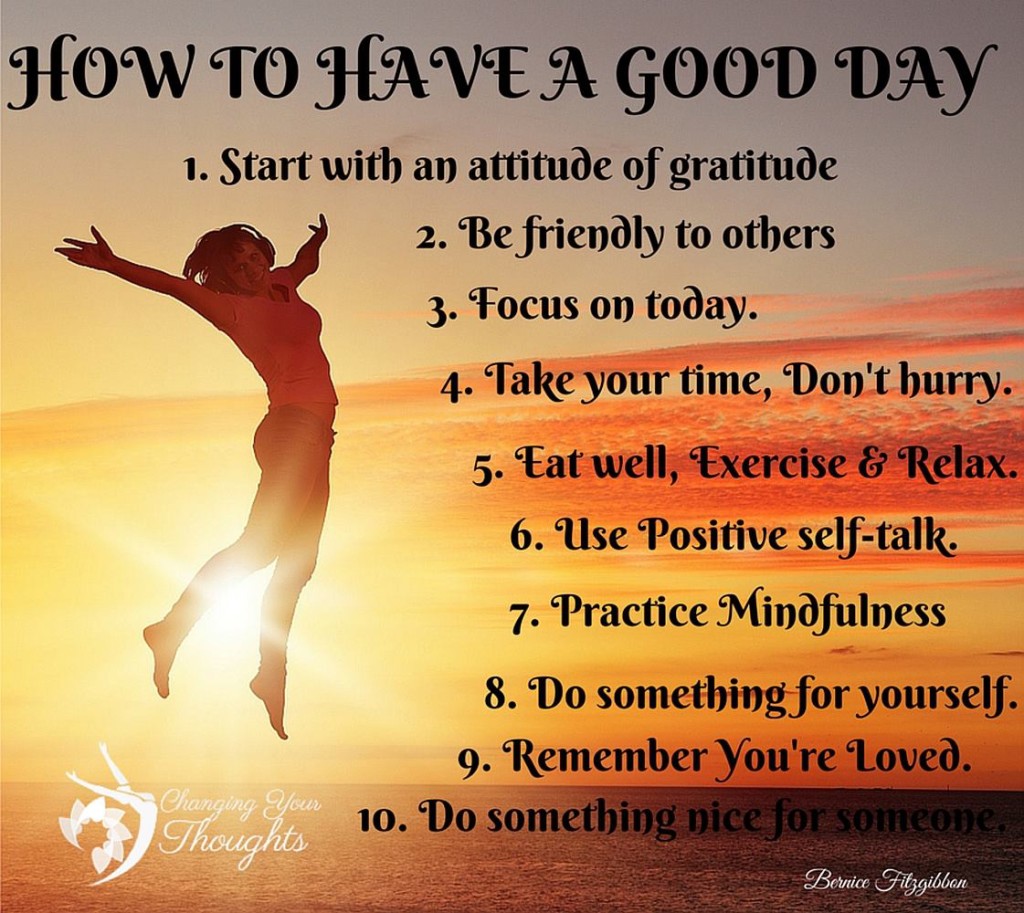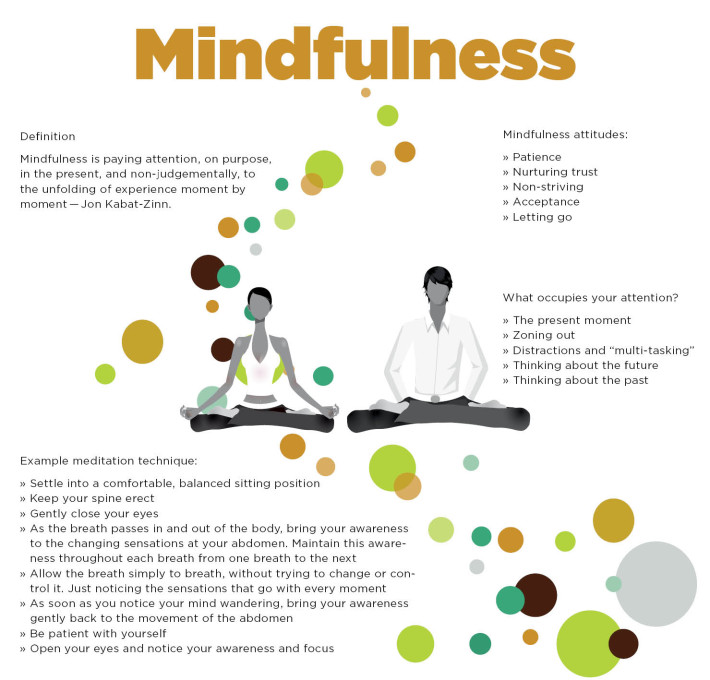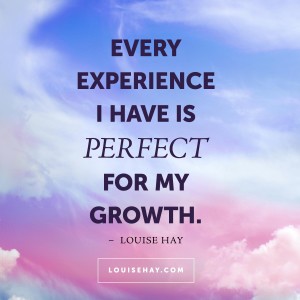Muse the brain sensing headband: A modern approach to Meditation
The Muse headband is a modern gateway to learning to meditate and calm your mind with a bit of guidance. This headset tracks your brainwaves and provides EEG- neurofeedback.
Okay, I will admit that I was a bit skeptical when I heard about a headband that could read your brain waves and help you meditate better. I am sort of a tech geek so my curiosity got the better of me. My online search found it on sale at a big box supplier. I ordered it quickly and easily while on the go. It arrived a few days later and I was feeling pretty excited. The box touts Muse as “your personal meditation assistant”.
The set up was easy, there is an app to download onto your smart phone or tablet. It led me through the start up and explained how to wear my headband and calibrate it. The first session I was clearly distracted with my thoughts, “am I doing this right?” “should it be louder or softer?”
You receive feedback during your meditation with the rainfall getting louder or the winds picking up as your brain wanders. The rainforest quiets and the birds chirp when your brain is calm. There are points to be earned and goals to reach.
My five minute session found me only collecting a few birds and experiencing a whopping 22 recoveries! With the first trial run behind me, my second session was more of a success. I racked up the calm points and instead of having recoveries I had 22 birds this time.
The feedback is helpful and honestly speaks to the competitor in me. We all love rewards and it is gratifying to be able to see your progress over one short week. Multiple users can utilize the head band as all they need is a Muse account.
Although it is early in my meditation practice with Muse to definitively say how this will impact, my observations so far have been promising. I find myself more focused and able to find more clarity among all the white noise in my head. The “to do” list in my brain has quieted and when it does gear up too much I actually want to reach for my Muse and take 5 minutes to meditate and bring myself back.
Next week’s goal is to use it in short periods of 5 minutes over my day. I will try doing it in the morning, at lunch and prior to bed time. After that I will try only one 15 minute meditation and see what the difference is for me.
Save



